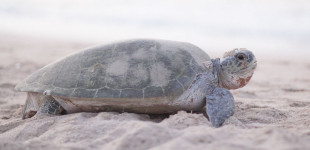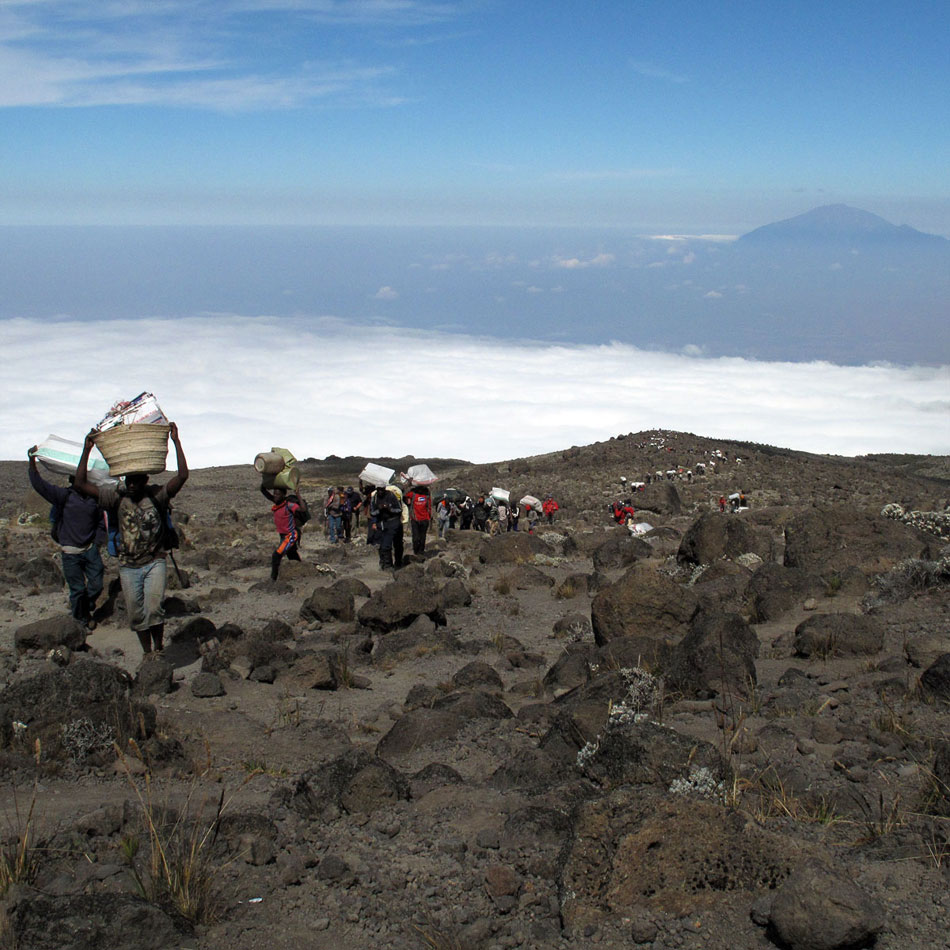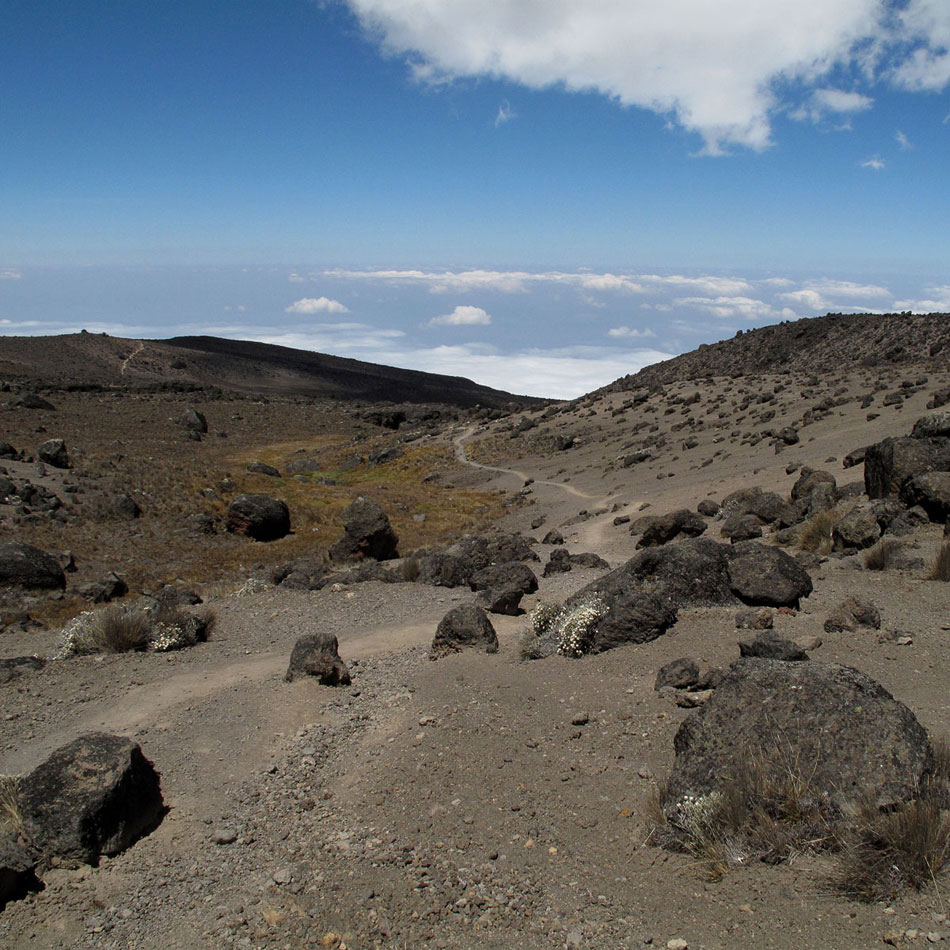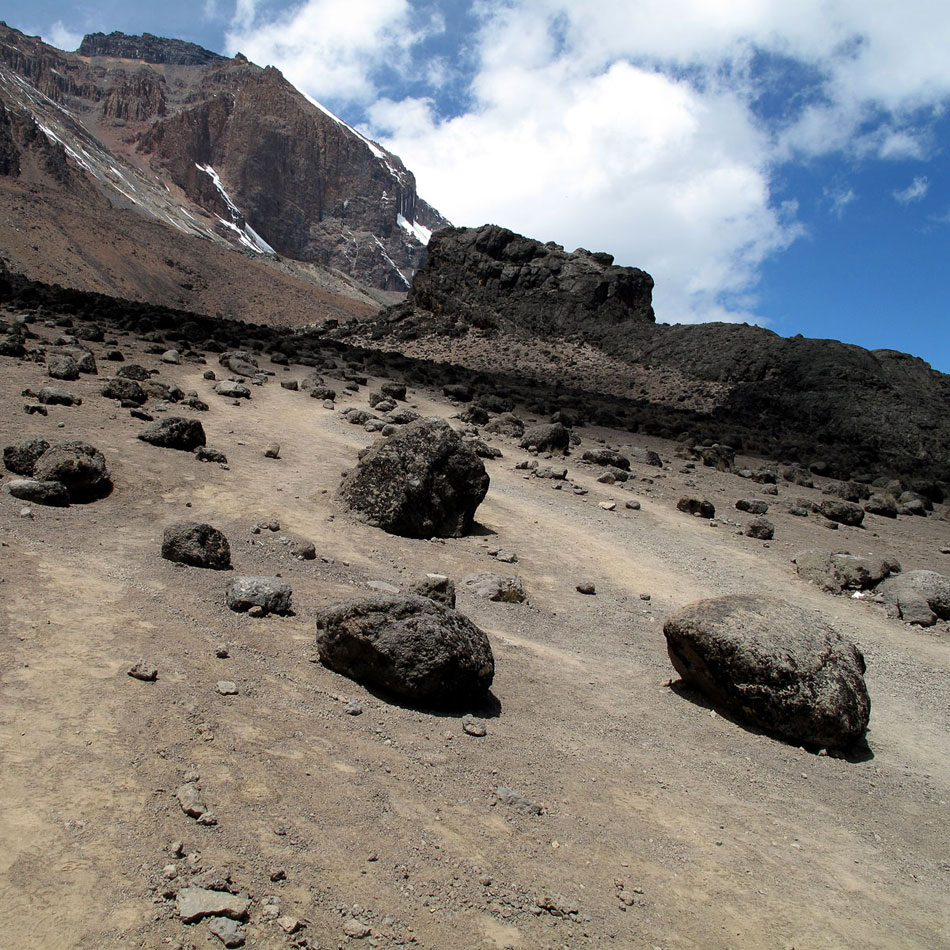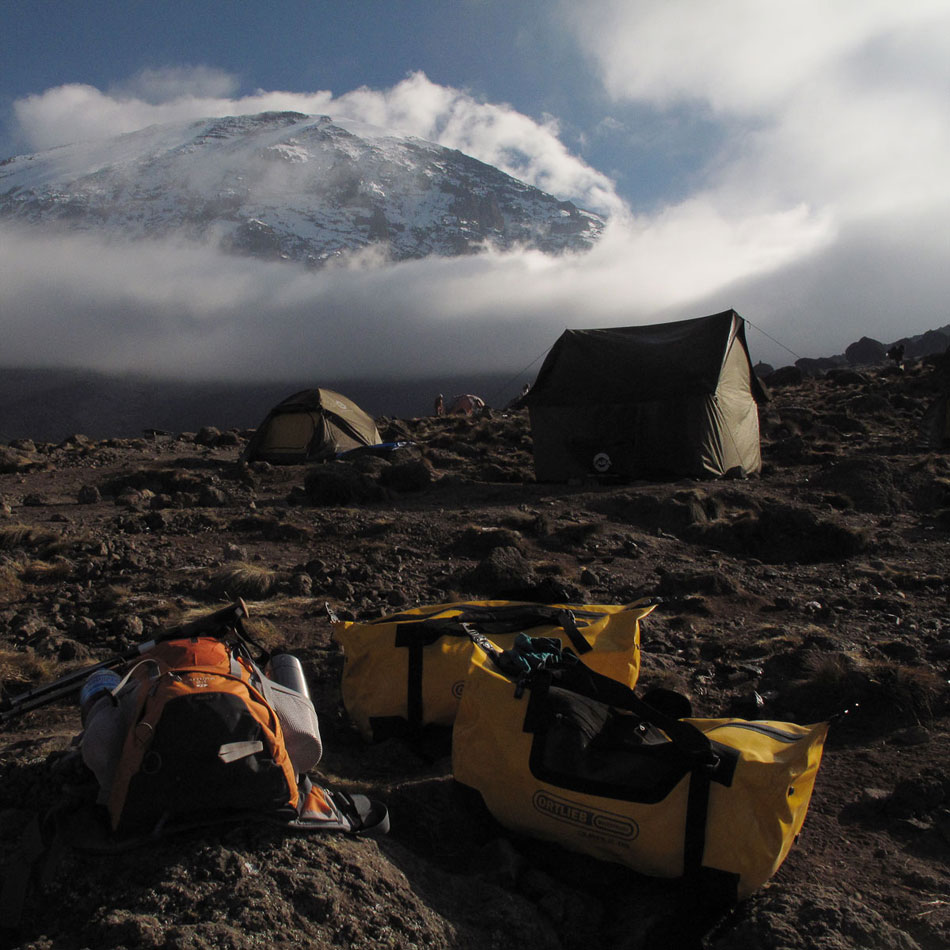Welcome travelers!
Natural Born Vagabond™ is a bilingual (English and Polish) site devoted to travel photography and journalism. Here you can find images and articles from our remote travels. The ambition of the creators is to share the best stories with those who crave wilderness and adventure. If you would like to share your opinions or travel stories please contact us via e-mail.
Featured
Natural Born Vagabond™
On the roof of Africa — Kilimanjaro trek

A heartfelt thanks to our friends (a group of very organised Germans) who planned (and executed) a memorable trip to Tanzania in August 2012. It was on this excursion that we tagged along and experienced one of the most memorable adventures of our lives: A successful ascent to the peak of Mount Kilimanjaro (5,895 m). Our team included the six of us (3 couples), two guides and countless (and invaluable) porters.
Although Kilimanjaro was the destination for our journey, the adventure started right from day one when we left Dubai flying with Ethiopian Airlines. From Dubai International Airport (DXB) we were scheduled to make stops in Addis Ababa (ADD), Mombasa (MBA) and then finally to Kilimanjaro (JRO). The flight with Ethiopian Airlines was much cheaper than any alternative carrier, but flying on the cheap proved to be an adventure in its own as we (along with a handful of other unlucky travellers) were bumped off the connecting flight in Addis Ababa. Notwithstanding being vexed at being left behind (and with little in the way of customer service as well), we tried to enjoy our on brief night in the capital of Ethiopia. The inconvenience of this incident did have a silver lining as we were provided (by the airline) a hotel room in the middle of the city. This gave us an opportunity to have a glimpse of Addis Ababa and which foreshadowed a return trip that we would make in 2013 — but that’s another story which we save for a different post. Notwithstanding getting off on the wrong foot to visit the world’s tallest free-standing mountain — though we’ve learned to always look on the bright side when bad luck comes its way — the remainder portion of the journey was generally smooth. In fact, we even bypassed Mombasa on the way to JRO, which helped to save a bit of time and reduce the chances for another bad experience at an intermediate point.
When we finally arrived in JRO we felt a great sense of relief when we met the tour operators at the airport. When we had missed the original flight our concern was very much with regards to being able to track down our operator as our group was all arriving at different times and had made arrangements for a pick-up at the airport. We, of course, did not have the contact details of the operator handy. But luckily we were able to pass along the message of our delay byway of our well-organised German friends. But in the end we made it, and with just a minor delay and no impact to our itinerary as our trek would start several days after our arrival — we all planned to arrive a little early to allow ourselves to recover from our flights as well as to enjoy some slow time in the town of Moshi (the site of our guesthouse and where all Kilimanjaro trekkers stay) before our ascent.
The trip was a great experience on many levels. For one, Kilimanjaro is the highest elevation that one can attain without the need for dedicated mountaineering gear, and it is also accessible without specialised high-altitude training — many healthy and fit adults can reach the summit without major health or other issues. Of course, just because Kilimanjaro is considered a relatively easy climb does not mean that it is a walk in the park, nor should that obviate the need to diligently prepare. Nevertheless, some people in our group were less prepared than others yet still managed to reach the summit! (Kai did not shop or acquire any of his gear until 2 weeks before our trip — and he managed to borrow ALL the gear and clothing for the adventure thanks — fortuitously — to a neighbour of ours who had climbed Kilimanjaro 2 years earlier.) Secondly, we met many interesting people along the way, and especially got to know well other trekkers staying at the Springlands Hotel guest house, including ironically someone from Dubai who was a neighbour of ours but whom we had not known prior to the chance meeting in Moshi. Third, it was a chance for our group to share a great experience and and spend 7 days together in a most unforgettable setting. And of course, we reached the roof of Africa and enjoyed endless spectacular hiking and scenery. None of us will soon forget the breathtaking vistas and of sleeping above the clouds and the clear night sky views of the Milky Way.
The path we took is called Machame Route, nicknamed the Whiskey Route. We opted for the 7-day trek as this allowed us a few extra day to acclimatise to the high altitude and thus increase our odds of successfully reaching the peak. (For health safety issues, trekkers are not permitted to ascend the mountain in less than 5 days.) With an overall success rate of close to half, Kilimanjaro attracts a wide range of skills, from skilled mountaineers to novices looking for a unique experience. For the 7-day route the success rate is close to 2/3. Our route was approximately 49 kilometres starting at Kilimanjaro National Park at Machame (1,800 m). Our first night was spent at elevation 3,000 metres and reached 4,600 metres on the final night at base camp. Our final ascent started at midnight, with plans to reach the summit (5,895 m) by 6AM, just in time to catch the sun rise. For the first 6 days the hikes were mostly gentle and only one person in our group suffered a mild case of high altitude sickness. The views were, to say the least, amazing and literally breath taking as the oxygen levels drop by 40 percent at 4,000 metres and by over half at the peak of Kilimanjaro.
The trails to the summit pass through five distinct climatic zones:
- Bushland/farmland (lower slopes and cultivated terrain): 800 m – 1,800 m
- Rain forest: 1,800 m – 2,800 m
- Heather and moorland: 2,800 m – 4,000 m
- Alpine desert: 4,000 m – 5,000 m
- Summit: 5,000 m and above; snow line starts at 5,500 m
Swahili 101:
Hujambo: Hello, how are you? Habari gani? How are you?
Sijambo: I am fine.
Karibu: You are welcome.
Asante: Thank you. Asante sana: Thanks a lot.
Hakuna matata: No worries/problem.
If you would like to learn more Swahili check out the following free online Swahili Survival Course.

